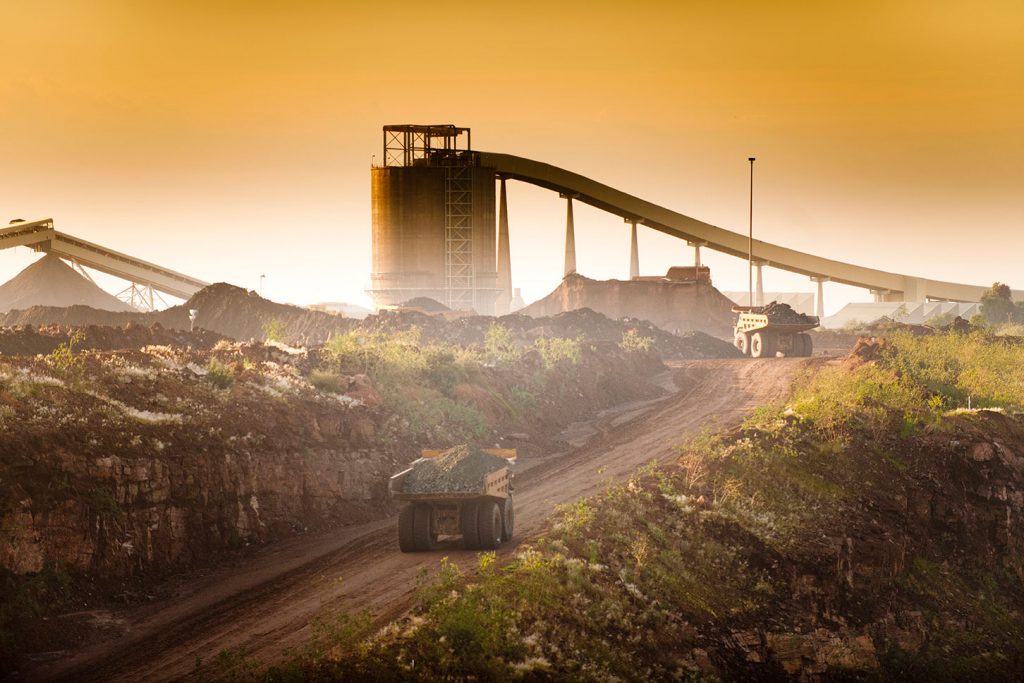
De Beers reported a 15 per cent drop in its global diamond production in Q2, as demand remained weak for yet another quarter.
The H1 figure (16.5m carats) is down 19 per cent on the same period in 2023.
The total number of carats recovered during Q2 2024 was 6.4m, down from 7.6m year-on-year. Botswana, which accounts for around two thirds all De Beers’ production, was worst hit, with output down 19 per cent.
De Beers blamed “intentional lower production from short-term changes in plant feed mix at Jwaneng to process existing surface stockpiles”.
Jwaneng, De Beers’ biggest deposit saw output drop 36 per cent during the quarter, from 2.5m carats to 1.9m.
Production in Namibia was down 8 per cent, Canada slipped 1 per cent and South Africa increased by 8 per cent.
In its Production Report for the Second Quarter of 2024, De Beers said guidance for the year remained unchanged at 26m-29m carats.
But parent company Anglo American has indicated that production for the year (originally given as 29m-32m carats) could well be further reduced to manage working capital and preserve cash in a weak market.
Source: DCLA





